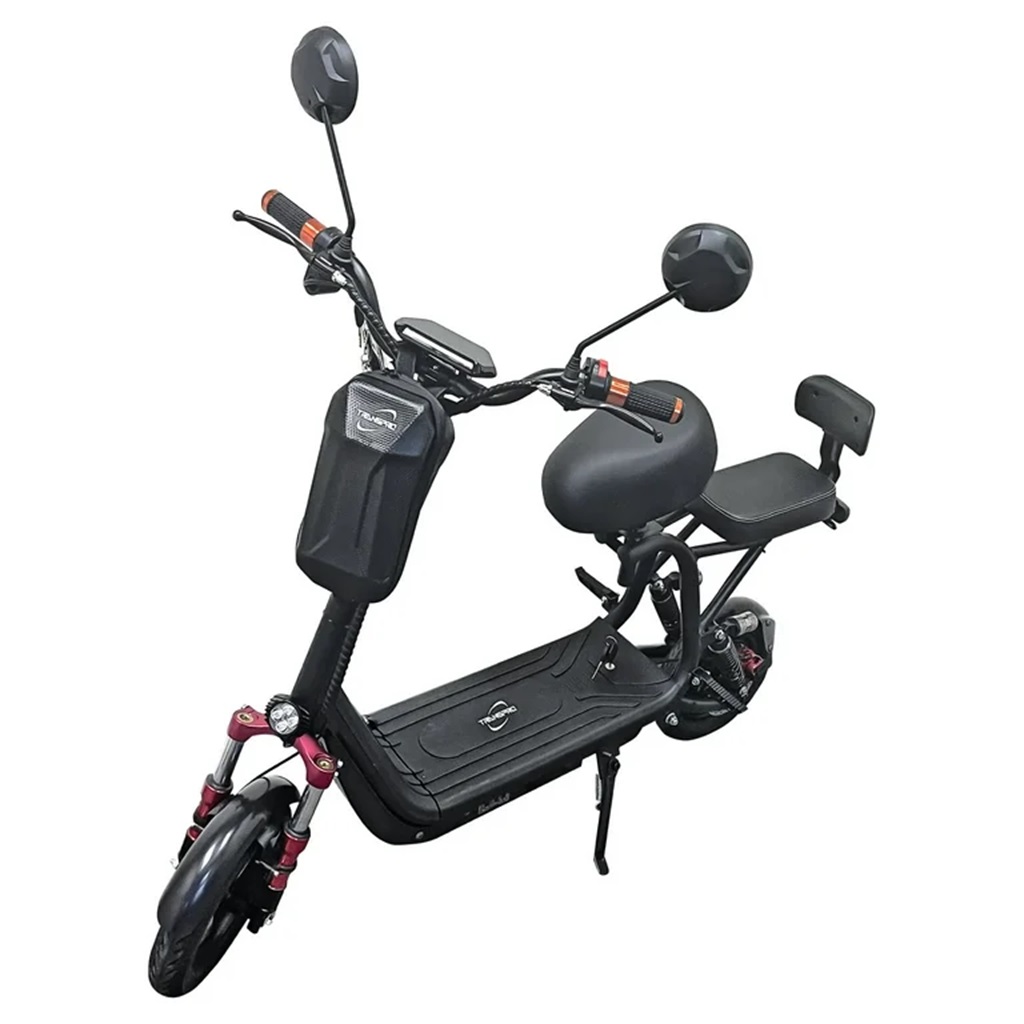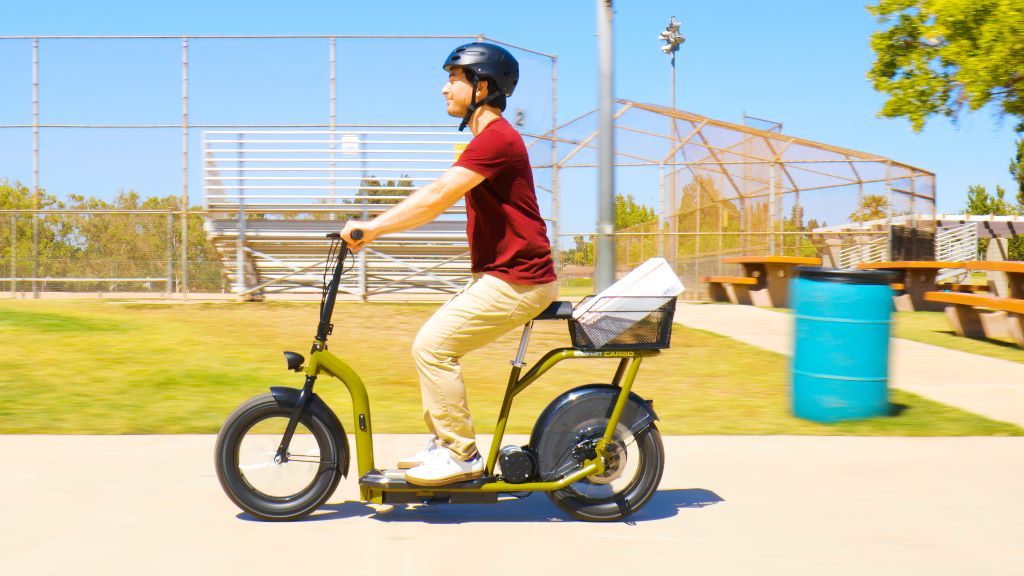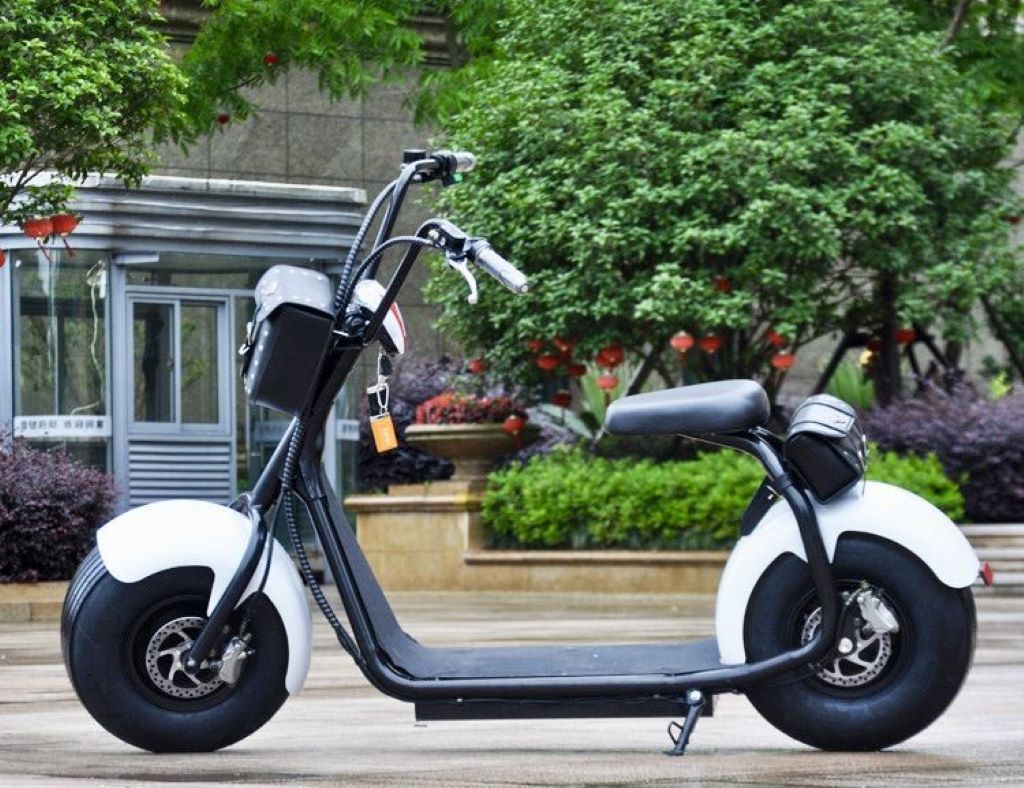
27 Nov How to Choose an E-scooter for Adults with Seat
In recent years, e-scooters have exploded in popularity as an eco-friendly and convenient way to get around. Unlike stand-up e-scooters, seated e-scooters provide extra comfort and stability for riders thanks to their built-in seat and frame design. This makes them an excellent mobility option for adults looking for an easy way to run errands or commute short distances. When shopping for a quality seated e-scooter for adults, there are a few key factors to consider to ensure you select the right model for your needs and budget. This comprehensive guide covers everything you need to know, from essential features to top brands and models to key specifications to look for. Plus, helpful FAQs provide additional advice to help you find the perfect set of electric wheels.
Key Factors to Consider
As you begin your search for the ideal seated e-scooter, start by keeping these key considerations in mind:
Comfort – Look for a padded seat with an ergonomic design and adjustable height settings to customize comfort. Consider suspension and tire size too.
Safety – Ensure safety features like brake lights, reflectors, and even turn signals are included. Look for durable, anti-slip tread on the deck.
Range – Estimate your usage and consider battery range. A longer range means less frequent charging.
Portability – Check the overall weight, folding design, and whether the scooter can be rolled when folded. Lighter models are easier to carry.
Terrain – Bigger air-filled tires can handle rougher terrain more easily. Look for all-terrain options if needed.
Weatherproofing – Consider water resistance ratings and materials if you’ll use the scooter year-round.
With the key factors covered, let’s explore top seated e-scooter models on the market, features to look for, and specifications to consider when making your purchasing choice.
Top 7 Seated E-Scooters for Adults
I’ve compiled this list of top-rated seated electric scooters for adults covering a range of budgets and needs:
Glion Dolly Foldable Lightweight Adult Electric Scooter
- Foldable design with smooth one-touch folding and rolling wheel for easy transport
- 8-mile max range, 15 mph top speed
- 255 lb weight capacity
- Price: $$
EcoSmart Metro Electric Scooter
- Padded seat with suspension for a super smooth ride
- Powerful 500w motor can tackle 20% gradients with ease
- Up to 20-mile range per charge
- Price: $$$
Buzzaround Lite 3-Wheel Mobility Scooter
- Ultra lightweight mobility scooter perfect for travel
- Comes apart for easy transport and storage
- 6-mile max range
- Price: $$
Pride Go-Go Elite Traveller Plus Mobility Scooter
- Ideal for longer adventures with up to 18-mile range
- Features a stylish rear basket for storage
- Top speed of 7.5 mph
- Price: $$$
Segway Ninebot S-Plus Electric Kick Scooter
- Best-in-class range of 40.4 miles on a single charge
- The front self-healing pneumatic tire for a comfortable ride
- Customizable ambient mood lights
- Price: $$$$
Hiboys E8 Electric Scooter
- Budget-friendly pick with 15.5 mile range
- The detachable seat can convert to stand-up riding
- Weighs just 28 pounds for easy carrying
- Price: $$
Razor EcoSmart Metro Electric Scooter
- Vintage moped-inspired design powered by electric motor
- Extra-wide deck and bamboo accents offer retro style
- Up to 12 miles per charge
- Price: $$
As you can see, there are seated e-scooter models available across a wide span of pricing tiers. The Glion Dolly and Hiboys E8 represent more affordable options still loaded with features, while the high-end Segway Ninebot S-Plus boasts exceptional power and range.
Use this list as a jumping-off point, comparing the different styles and specs to your particular needs and budget to select the best seated electric scooter. Next, let’s explore must-have features to look for during your search.
Key Features and Specs to Look For
All seated electric scooters aren’t created equal. As you compare different models, pay special attention to these features and technical specifications to determine the best choice for your mobility needs:
Seating
- A padded seat with lumbar support offers essential comfort for lengthy riding sessions
- Adjustable height settings allow you to customize the set for your proportions
- Armrests provide a place to relax your arms during the ride
Suspension
- Front, rear, or dual suspension soaks up bumps for a smooth ride
- Critical for comfort, especially if riding on uneven terrain
Brakes
- Always opt for dual hand brakes rather than just foot brakes for maximum stopping power
- Disc brakes or antilock brakes provide all-weather stopping ability
Motor Power
- Look for at least 250w of power in the motor. 500w+ is ideal for tackling hills and uneven terrain without slowing.
Battery Range
- 12-18 mile approximate range covers most daily commuting needs
- Estimate your usage to determine if the extended 20-40 mile range suits your lifestyle
Tires
- Air-filled tires with 8-10 inch diameters provide essential shock absorption
- Wider tread and even all-terrain options can navigate uneven ground
Payload Capacity
- Ensure the scooter’s designated payload (weight capacity) meets your needs
- Heavier models accommodate riders up to 350+ lbs
With top brands covered and technical considerations mapped out, let’s explore the purchasing process from start to finish so you can make an informed buying decision.
How to Buy: Expert Tips for Purchasing Process
Follow this expert advice to ensure your purchasing process goes smoothly when investing in a new seated e-scooter:
Try Before You Buy
If possible, visit local retailers that allow you to test-ride different electric scooter models firsthand. Trying out the real-world comfort, control, turning radius, and overall feel for yourself can clarify the best choice. At a minimum, carefully read through product specs and customer reviews to learn the pros and cons before purchasing online.
Measure Key Dimensions
Know your measurements including heights and doorway width at home to ensure your selected scooter model will properly fit and move through thresholds. Unfold or disassemble it to measure dimensions if the scooter doesn’t provide specs upfront.
Confirm Range Ratings
Compare advertised maximum range capabilities against your planned usage. Will 20 miles cover your daily needs with power to spare? Or should you size up to a long-range 30+ mile battery for entire days out and about? Crunch the numbers to prevent mid-trip battery failures.
Weigh Total Load Capacity
If carrying additional cargo like groceries or bags, calculate your body weight plus the maximum additional load together to confirm it falls below the scooter’s designated max payload. This prevents overloading that can damage components or compromise stability.
Inspect Build Construction
Study images and product photos carefully checking for metal corrosion, flimsy components or cheap plastic pieces that may easily break with rugged daily use over time. Opt for aircraft-grade aluminum framing and weatherproof casings whenever possible for enhanced longevity.
Verify Safety Certifications
Reputable e-scooter manufacturers comply with important internationally recognized testing and safety certification standards like CE, UL 2272, and beyond. Check for proof of critical electrical and fire safety ratings before purchasing for essential peace of mind.
Consider Extended Warranties
While most electric scooters come with a standard 1-year limited warranty, investing a few extra dollars into an extended 2-3-year protection plan can save you money over the long run should repairs ever become needed outside of the initial coverage duration after purchase.
By following these expert tips during the buying process, you can shop, compare, and test with confidence knowing that your selected seated e-scooter will properly suit your size, riding style, and mobility needs for years to come.
Maintenance Tips to Keep Your E-Scooter Rolling
Once you’ve made your new seated e-scooter purchase, proper routine care, and maintenance is essential to keep it performing reliably for the long run. Follow these key suggested maintenance practices:
Inspect and Adjust Tires Weekly
- Ensure tires remain properly inflated for shock absorption, traction, and maneuverability
- Check for tread damage or wear prompting replacement
Test Brakes & Lights Monthly
- Ensure stopping power remains strong with maximum brake pad friction
- Replace batteries in lights when dimming occurs
Check Frames and Welds
- Inspect for structural damage, cracks, or coming undone over rugged use
- Tighten any loose screws or fasteners
Clean Routinely
- Wipe down the frame, handlebars, seat, and wheels to prevent corrosion and remove debris
- Avoid pressure washing high-powered sprays near components
Recharge Batteries Properly
- Never let batteries fully drain to 0% before the next recharge
- Park scooter at 40-50% charge if storing long-term
Tune-Up Annually
- Take to a qualified repair shop for a comprehensive inspection and tuning yearly
- Identify worn parts like brakes needing replacement for continued safe operation
By adding these simple maintenance practices into your ownership routine, you’ll keep your seated e-scooter running like new for countless miles ahead.
FAQs
- Are electric scooters for adults required to be registered or insured?
E-scooter registration, licensing, and insurance requirements can vary widely depending on local municipal, and state laws. Research your local area guidelines, but often low-powered scooters traveling under 20mph are exempt. Using bike lanes rather than roads can bypass some otherwise applicable registration rules in certain areas. When in doubt, call your DMV or check municipal statutes to clarify registry needs based on power ratings for maximum legal compliance.
- Can seniors safely ride seated e-scooters?
Yes, seated mobility e-scooters can provide seniors with an easier means of local transportation while requiring less physical exertion compared to walking long distances. Models with handlebars offer upper body support, while wide floorboards allow both feet to rest comfortably flat. Just be sure to select an e-scooter matching your level of strength, balance, and coordination capabilities to prevent the risk of falls or loss of control while riding. Consider consulting your doctor or physical therapist for individualized recommendations too if unsure about the right fit. They can provide personalized advice accounting for any health conditions impacting your mobility or stability as well.
- What’s the difference between e-scooters and mobility scooters/power chairs?
While mobility scooters and power chairs feature seating and electric motors too, they differ by being classified as medical devices explicitly designed for those with disabilities or conditions causing reduced mobility. As a result, mobility scooters meet legal specifications exempting them from certain registration requirements applicable to recreational e-scooters. They also include specialized features tailored for medical usage like elevated top speeds to keep pace crossing intersections before light changes, as well as handicap infrastructure compatibility. Recreational seated e-scooters provide convenience and short-distance transport more broadly without the strict focus on accommodation and accessibility across environments needed by those dependent specifically upon mobility aids. Knowing these distinctions can help identify which seating-style electric vehicle suits your needs and purposes best.
- Can you bring e-scooters like the ones you rent on vacation onto airplanes?
Unfortunately, e-scooters cannot be brought as carry-on or checked luggage aboard commercial passenger airplanes currently. This includes both personally owned e-scooters as well as those rented from urban sharing services. The combination of electric batteries and motors poses fire hazards in flight according to FAA regulations, prompting sweeping restrictions. Some ultra compact folding e-scooter models may fit size requirements to stow as personal items under plane seats but would need batteries detached and carried separately. While inconvenient, removing and packing batteries in carry-ons adhere to protocols. As a workaround, consider renting an e-scooter at your final destination instead of transporting your own if possible.
- Can aftermarket modifications be made to e-scooters? What are some examples?
Generally, manufacturers advise against modifying e-scooters beyond their original equipment design and warn that doing so can void warranties when damages result. However, some popular upgrades DIY-savvy owners make involve swapping out standard batteries for higher capacity aftermarket alternatives to increase range. Adding front and rear shocks can improve ride comfort over rough terrain too. Other accessories like storage bags and phone holders allow personal customization without impacting electrical systems or drivetrains in ways potentially causing operational issues down the road. When in doubt though, it’s smartest to keep your e-scooter factory default to maximize safety, reliability, and warranty coverage longevity.
In Closing
We hope this guide has helped eliminate any uncertainty surrounding buying a seated e-scooter optimized for your needs and budget. Discovering the best scooters for tricks becomes an exhilarating journey when armed with the right insights on key features, top-rated models, and critical specifications; by incorporating this knowledge into your purchasing process, you can take a test spin into e-scooter ownership with total confidence!





